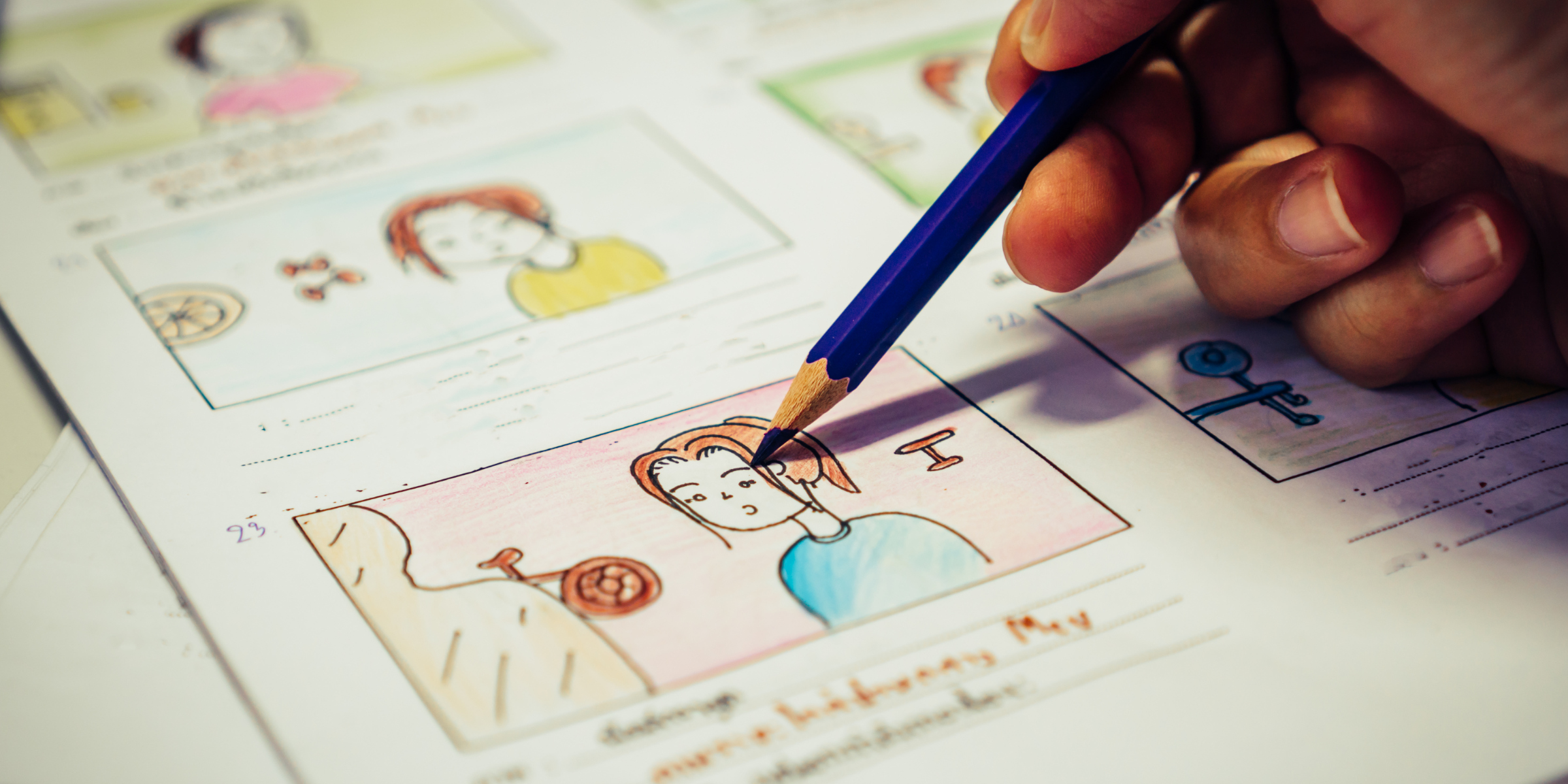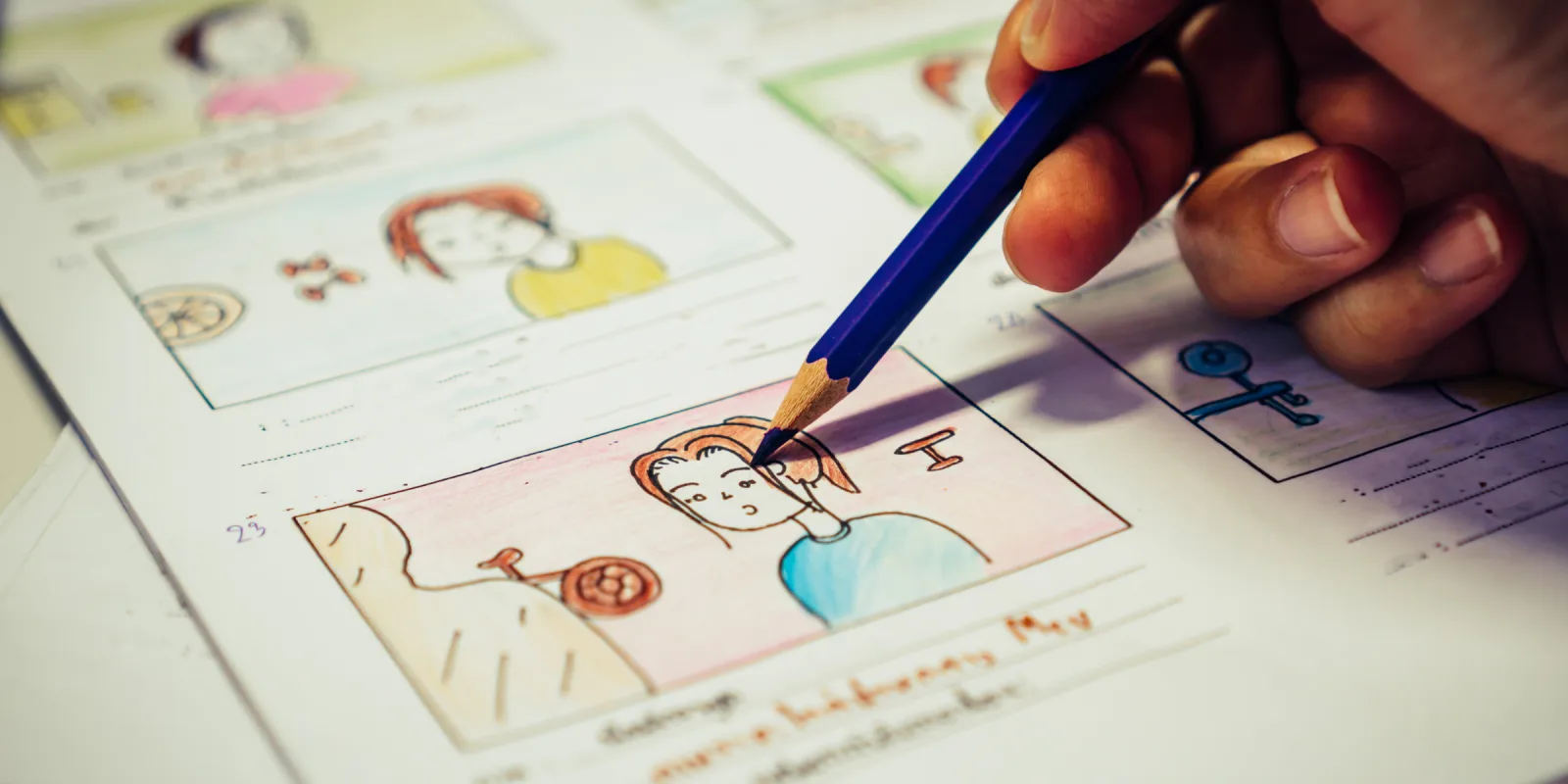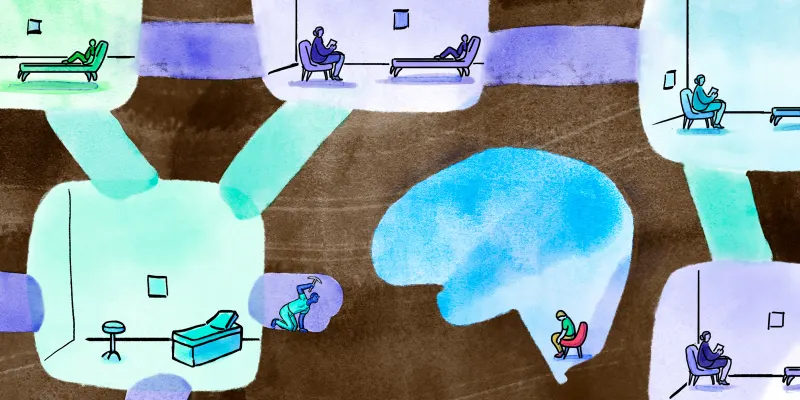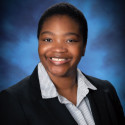
When I was young, I used to hide my comic books under my bed. My mom was convinced that comics would rot my brain and wanted me to stick to books with a higher text-to-picture ratio, preferably nonfiction. While I did eventually develop an enduring love for my mom’s preferred genre, I continued to foster a love of stories told through dynamic images.
In college, I was able to develop my dual interests in writing nonfiction and drawing fanciful comics by working at my campus’s daily newspaper as an opinion columnist and cartoonist. But, once I got to medical school, I decided to focus more on developing my writing skills. I figured writing was the more respected medium, and I could eventually work as a health columnist, communicating medical and scientific information.
But I couldn’t stay away from cartooning for long. Cartoons, I realized, were much more accessible — capable of evoking a wide range of emotions, including joy, surprise, warmth, and disgust. Cartoons provided the perfect compact, bite-sized format to frame the absurdities in medicine and medical education. Humor, tragedy, and insight could all be encapsulated into panels, which, as an added benefit, were immediately readable and shareable on social media.
At first, my cartoons were aimed at friends who were also in medicine. For example, one comic strip depicted the moment I realized that a skull from anatomy class was not a plaster model, but the remnants of a head from an actual individual born in the 1800s.
Once I started drawing my series, What I Learned in Medical School, a few friends reached out and expressed relief that I was making the same observations they were in medical school. Then they shared their own stories, those small moments in the hospital that are anything but “small.” More recently, I’ve started drawing for people outside of medicine, in the hope of humanizing a culture that seems hopelessly Byzantine, harsh, and complicated to outsiders.
I’m far from the only person in health care to recognize the importance of cartoons in medicine. Shirlene Obuobi, MD, now a resident physician at the University of Chicago, started drawing medical school-related comics and sharing them with my classmates during the second year of medical school. “At the time,” she told me, “it was just a way to make fun of the absurdities of our lives. It's very cathartic for me, and I began sharing them on a larger platform out of the hopes that my comics could be cathartic for others as well.” Dr. Obuobi continues to draw her cartoon series, ShirleyWhirl, MD, and still find importance in graphic medicine, both for patient outreach and personal reflection. She explained, “Medicine is full of jargon. Even when we try to simplify our writing, it can be hard for people early in their medical education, or for those outside of health care, to really grasp the gravity behind our words. Comics, however, are necessarily more streamlined. Part of the art is finding a way to concisely portray a point or a feeling, and to invoke a similar one in our readers.”
In addition to communicating with others, Dr. Obuobi commented that narrative medicine could be therapeutic for physicians and other health care workers. “From the personal reflection standpoint – as doctors, we interface with a lot of suffering and have to deal with an increasing amount of administrative and bureaucratic burden. To maintain a veneer of professionalism, most of us lock a lot of those feelings away. Graphic medicine provides a great outlet to express those feelings.”
Any clinician interested in graphic medicine can start by creating their own. Dr. Obuobi advises, “The actual art doesn't matter, so don't let that hold you back. One of my favorite comics growing up, xkcd, is composed entirely of stick figures! I would just start with a topic that inspires you and go from there!”
Now that I’m well into my medical training, I’m still reading comics. I hope to see more physician-creators who will continue to humanize the field of medicine, for peers and patients.
Yoo Jung Kim is a medical student at Stanford University and the author of "What Every Science Student Should Know" (University of Chicago Press). Her articles have appeared in the Washington Post, Nature, The Mercury News, The Seattle Times, and KevinMD. She serves as a member of the Student Advisory Council at ScholarRx and a Digital Native Advisor at the Kaiser Permanente School of Medicine. She is a 2019–2020 Doximity Fellow.







